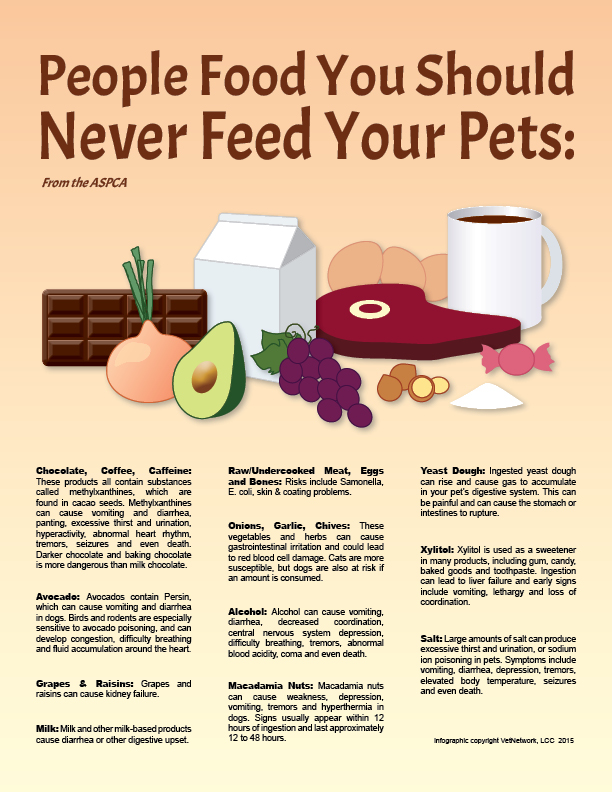New Year’s Resolution for You and Your Pet
December 27, 2013Winter Exercise Guidlines
January 3, 2014Hospice means “a rest or shelter after a long journey.” The first human hospice program in America was implemented in New Haven, Connecticut, in 1974. Human hospice refers to a medical program that meets the needs of a terminally ill patient. It focuses on their physical, emotional, and spiritual needs when no curative treatment is available.
There is usually a large team consisting of two physicians, multiple nurses, home health aides, a medical social worker, a spiritual care coordinator, a bereavement coordinator and several volunteers who provide comprehensive care to the patient.
Animal hospice is a newer concept that began to take form in the late 1980s. The American Veterinary Medical Association (AVMA) established the Veterinary Hospice Guidelines in 2001. According to the AVMA:
[H]ospice care focuses on providing the best quality of life possible for a pet with a terminal disease or condition until the pet dies or is euthanized. Hospice care also helps you by providing you with time to adjust to the coming loss of your companion. The care is tailored to the needs of both you and your pet.
Dr. Kathleen Cooney, DVM, owner of “Home to Heaven,” a mobile palliative care veterinary practice in Fort Collins, CO states (in a Veterinary Information Network webinar) that the goals of animal hospice are to:
- prevent suffering
- educate the family members
- give resources
- support the family and the pet through a natural death or euthanasia (if best)
- maintain the human-animal bond
Animals can experience many discomforts near the end of life, such as pain, anxiety, and digestive tract problems (such as diarrhea, nausea or vomiting, constipation, and loss of appetite). The hospice team should address these issues to prevent needless suffering.
Animals experience pain much like humans, but they may not display it in obvious ways. Signs of pain in pets include pacing, excessive panting, hiding, reduced appetite, aggression, grumpiness, and/or reduced interaction with family members. Options for pain control include oral medications (non-steroidal anti-inflammatories, steroids, and narcotics), injectable medications, and transdermal patches (absorbed through the skin). Acupuncture and laser therapy are newer treatments that may provide additional relief from pain.
Veterinarians should educate family members about the disease(s) that affect the pet — the physiologic changes that occur, how the disease will progress, signs to watch for and available treatment options.
This post was written by Dr. Jennifer Ratigan, a veterinarian in Waynesboro, VA.
http://www.petmd.com/blogs/fullyvetted/2013/dec/hospice-care-for-dying-pet-31177#.Ur3GtdJDvSs



